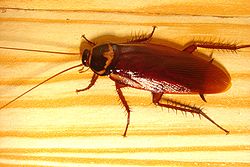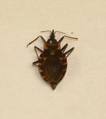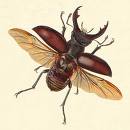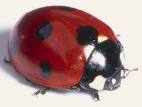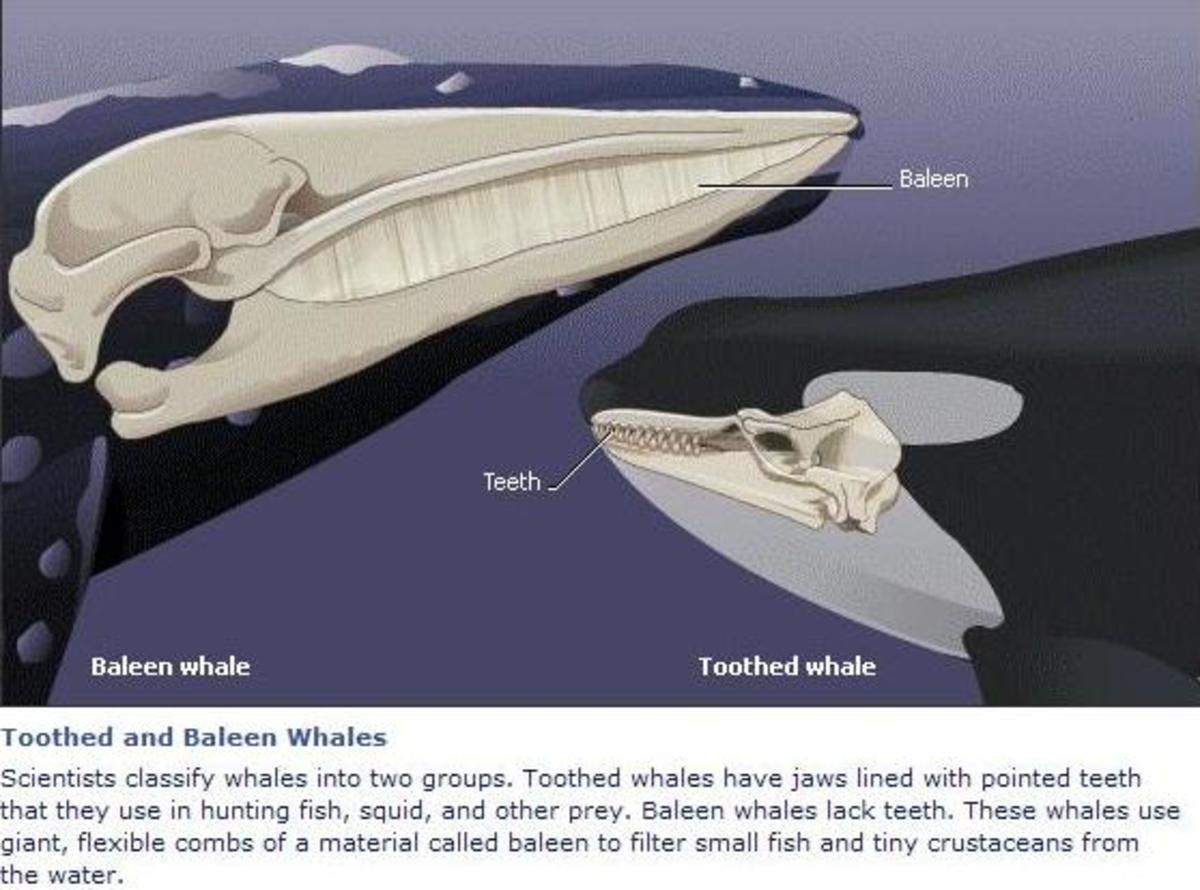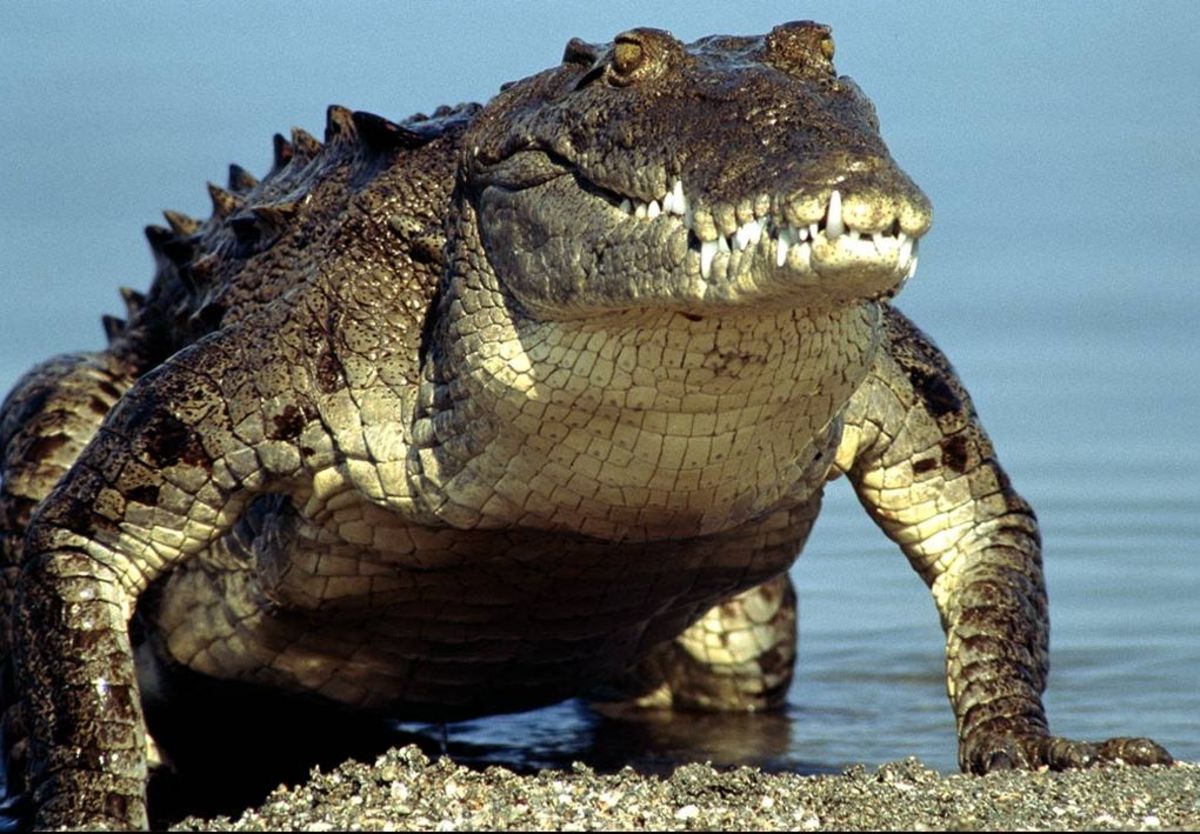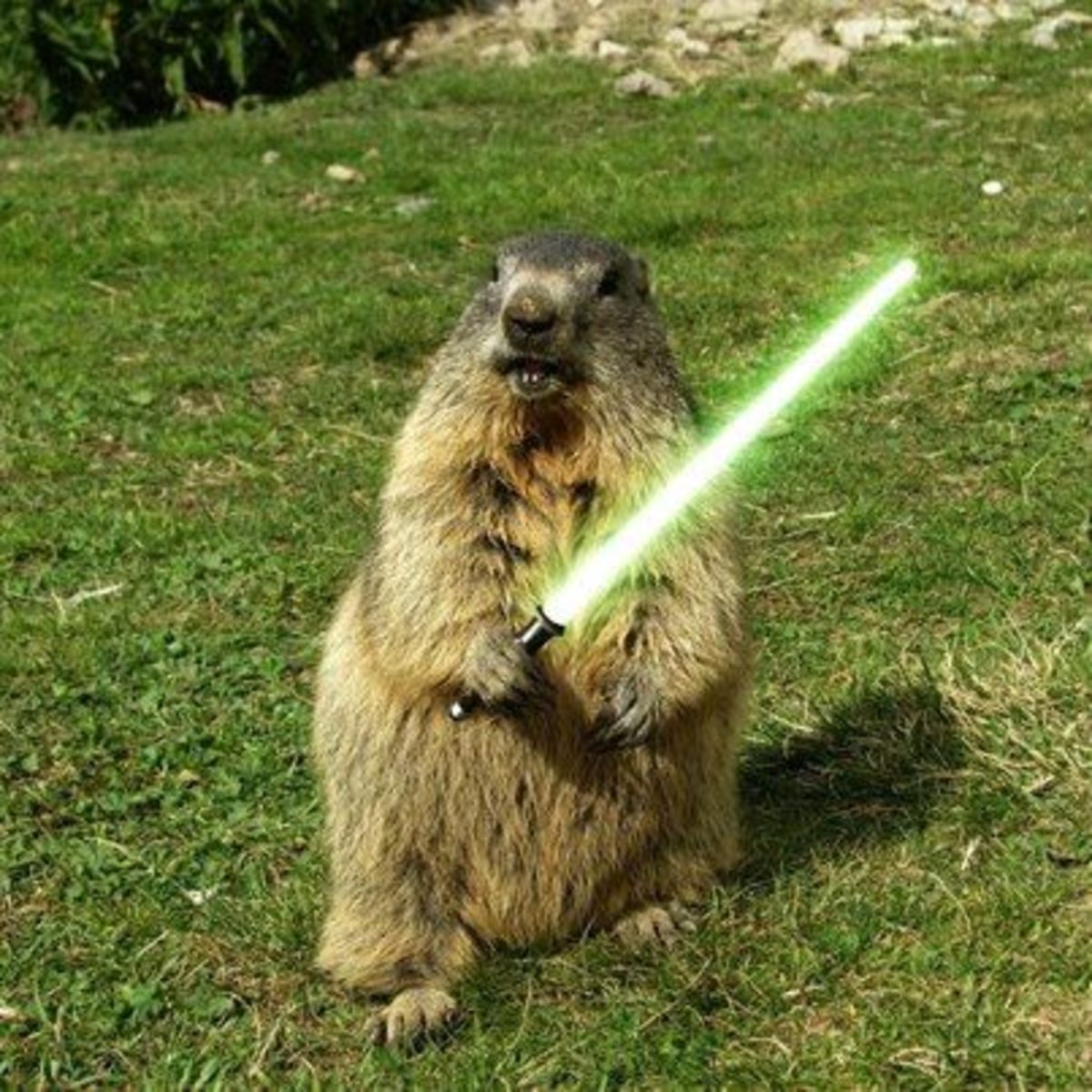The Differences Between Beetles and True Bugs.
True Bugs, Beetles, Cockroaches and Ticks
Click thumbnail to view full-size




The generic term "Bug" makes for confusion.
When is a Bug not a Bug? When it's a Beetle!
According to current terminology, for which we may have to thank our cousins from the United States, all small crawly things, including bugs, are…bugs. Not to mention a ubiquitous sedan from Germany that won the hearts of the world during its more than 60 years of production…the Volkswagen sedan has achieved the distinction of being called both a bug and a beetle! (But it looks much more like a beetle, as we shall see).
Beetles (Coleoptera) and true bugs (Hemiptera) are both insects, so they have six jointed legs, a hard exoskeleton, the classical insect three-part body consisting of the head, thorax and abdomen and two or more antennae. They also equipped with one or more sets of wings and folding covers for them.
The main manner in which bugs and beetles differ is the equipment they use to feed. The true bugs pierce their food source, which may be plant or animal, with a sharp proboscis normally folded back between their front legs. They then suck up the sap from the plant, or their blood meal from the animal. They are specialists, plant feeders do not bite warm-blooded animals and vice versa.
Beetles are equipped with mandibles and chewing apparatus and feed by biting off pieces from the prey or food source.
Another easy way of telling them apart is the beetle’s wing covers meet in a straight line down the middle of the back when closed, (like the line down the bonnet of the VW), whereas the bug’s wings and covers meet in a sort of diamond, or cross hatch fashion.
Beetles also have a larvae or pupae stage whereas most bugs are born from tiny eggs as miniature adults. Beetles also have more antennae, 10 is common; bugs, only 4 or 5.
Insects form 90% of the numbers of varying life forms on the planet. Of these myriads of species, beetles are the most numerous with 350,000 known types. True bugs have more than 80,000 family members; more of both are being discovered - and lost - each year.
Sorry, North Americans, the ladybug (ladybird in UK) should really be called the “ladybeetle.” whether its kids are on fire, or not. And when you see some of these pretty little chaps chewing up an aphid, you can see at once they are beetles, not bugs.
The Cicada (a bug) has the loudest sound in the insect world at often more than 100 decibels! In contrast of what I have observed with the Essex human female, it is the male cicada that makes all the noise. He employs “tymbals,” bony parts that he snaps back and forth; these notes run together, creating the familiar sound heard all over the tropics at times.
There are some bugs very dangerous to man. For example the “Reduuvid, or Assassin Bug,” a blood sucking insect that often carries the T-cruzi pathogens that cause Chaga’s Disease.
There are no deadly beetles that we know about. Some, such as the Blister Beetle, contains poisonous substances that will blister your skin and burn your intestines if ingested (about 10 can kill a horse or cow if eaten along with feed). Large beetles can bite hard, but rarely do so; they may also scratch with spiny legs if handled. We must remember, though, that we have only discovered about one third of all the insects we know must exist on the planet; there may well be more that can sting, bite and do us harm.if we interfere with them. The series on BBC from New Guinea has shown many new species in a short time. By far the most dangerous creature on the planet is the malaria-carrying Anopheles Mosquito, which kills 1/2 million every year in Affrica alone.
(People often confuse TICKS as being beetles or bugs. In reality, they are actually family to spiders and are Arachnids. They can carry a whole slew of nasty bacteria and other organisms that can cause Lyme Disease and Rocky Mountain Fever, etc. But they are not the subjects of this hub article).
COCKROACHES: Similar to beetles and bugs in many respects, the cockroach is actually neither. He falls under the super order “Dictoptera,” and order, “Blattodia.” There are more than 4,000 species of cockroach, many of which have adapted to live with man. They are extremely hardy and instinctively resourceful as anyone trying to rid their property of them will know. We tolerate them to a degree because they are shy and superficially harmless and usually come out when we are in bed. Their very long antennae waving around is sort of cute, too. They can fly, run very fast and eat just about anything short of steel, rock and plastic. Some can chirp and hiss. But we should try to get rid of these pests because they spread all sorts of nasty diseases as they take a crap while running across our food in the larder.
Notes: It is interesting to travel down the ages and see which of the insects or arachnids were the oldest to be found in the fossil record. According to fossils found in amber or rocks, the Scorpions were with us first, during the Paleozoic, Silurian period, 440 million years ago. During this period, scorpions were aquatic creatures with gills, it was not until the Carboniferous that they appeared as land fossils able to breathe air. Fossils of huge, 8-foot scorpions have also been found; thank goodness they are not with us today outside of Hollywood.
Next came Spiders, also during the Paleozoic, Devonian period, 410 million years ago.
Next were Cockroaches, Paleozoic, Carboniferous period, 360 million years ago. And they have survived to modern times almost unchanged.
Next, beating the Beetles, were the True Bugs, Paleozoic, Permian period, 285 million years ago.
Then the Beetles arrived, Mesozoic, Triassic period, 245 million years ago, along with true flies and the Dinosaurs. The truly ancient scorpions had been here for 200 million years by this date! They must have been happy to see all these new prey species arriving every few million years.
We had to wait for the Jurassic, another 35 million years, before early mammals arrived. And another 205 million, until just 5 million years ago, before man/apes appeared, and another 3 million before modern man walked the planet and the cockroaches - which had been waiting 358 million years for the privilege - moved in to our dwellings. I am sure too they will be here well after we are extinct,
.
.

